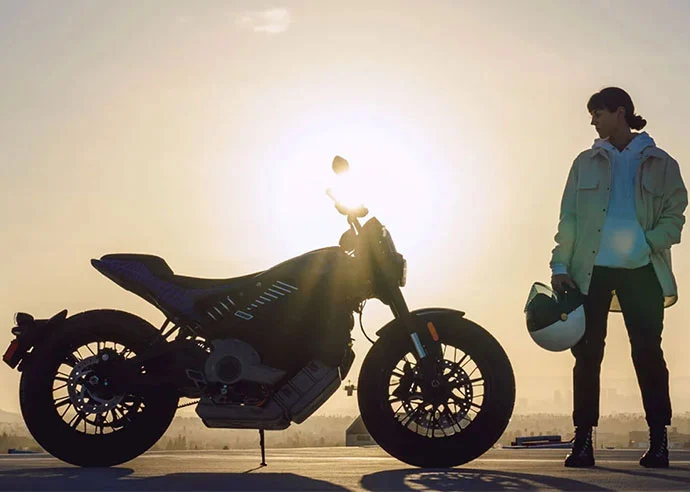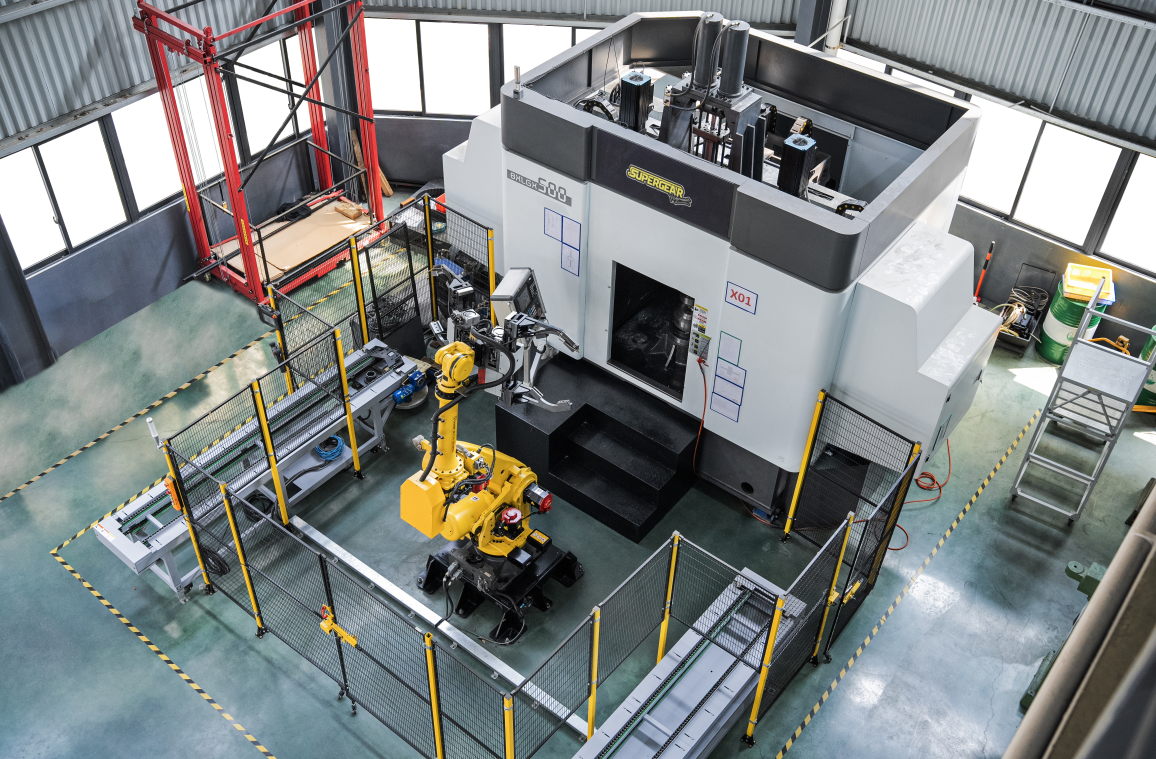
Upgrade Your Ride, Embrace the Legend
When it comes to commanding the road on your Harley-Davidson, control is everything. Whether you’re carving mountain passes or navigating city streets, your bike’s braking system must deliver instant response, balanced power, and unwavering reliability. That’s where SuperGear Advanced Brake Systems come in—engineered to transform your Harley’s stopping power while elevating its style.
The Authoritative History of Harley-Davidson Brake Systems

As one of America’s most iconic motorcycle brands, Harley-Davidson’s braking system evolution reflects advancements in motorcycle technology and safety standards. Below are the key stages in the development of Harley’s braking systems:
Early Years (1900s–1930s): Dominance of Mechanical Drum Brakes
Early Harley models, such as the 1915 Model J, used mechanical drum brakes (Drum Brake), transmitting braking force via cables or rods, offering limited stopping power. Most bikes had a single rear drum brake, with the front wheel either unbraked or relying on engine braking (via clutch or transmission).
1940s–1960s: Hydraulic Drum Brakes & Dual-Brake Systems By the 1940s, hydraulic drum brakes were introduced (e.g., the 1952 Hydra-Glide), providing more even braking force distribution. As speeds increased, Harley gradually added front drum brakes (e.g., the 1965 Electra Glide), establishing a front-rear dual-brake setup—though drum brakes remained standard.
1970s–1980s: The Disc Brake Revolution The 1971 FX Super Glide became Harley’s first model with a single-piston disc brake (Disc Brake), significantly improving stopping power and heat dissipation. By the 1980s, drum brakes were phased out, with mainstay models (e.g., Softail and Touring series) adopting front disc/rear drum or dual-disc setups (e.g., the 1984 FXRT Sport Glide).
1990s–2000s: ABS & Multi-Piston Calipers In 2008, Harley introduced optional Anti-lock Braking Systems (ABS) on Touring models (e.g., Ultra Classic), later expanding to the entire lineup. Performance upgrades included dual- or quad-piston calipers (e.g., Brembo on 2006 Dyna models) and larger brake rotors for improved high-speed stability.
2010s–Present: Electronic Braking & Linked Systems The 2014 Project Rushmore lineup (e.g., Street Glide) debuted Reflex™ Linked Braking (C-ABS), using electronics to balance front-rear braking force. Post-2017, premium models (e.g., CVO Limited) added Cornering-Enhanced ABS, utilizing an Inertial Measurement Unit (IMU) to optimize braking during leans. Recent models (e.g., 2020+ Pan America) feature radial-mounted calipers and floating rotors for high-performance demands.
Harley’s braking evolution balances classic styling with cutting-edge safety and electronic advancements.
Design Features:
Common Characteristics of Modern Harley-Davidson Braking Systems:
Disc Brake Dominance: All models now feature hydraulic disc brakes as standard (typically dual-disc with multi-piston calipers upfront and single-disc rear), replacing traditional drum brakes to deliver superior stopping power and heat dissipation.
Standardized ABS: Since 2014, most models come equipped with Anti-lock Braking Systems (ABS) as standard. Premium models (e.g., CVO and Pan America series) feature upgraded Cornering-Enhanced ABS that dynamically adjusts braking force via IMU (Inertial Measurement Unit).
Electronic Linked Braking Technology: The Reflex™ Braking System (featured in Touring models) enables Combined-ABS (C-ABS) that coordinates front/rear braking for optimal balance during emergency stops.
High-Performance Hardware: Utilizes radial-mounted calipers (Brembo or Harley proprietary) paired with large-diameter floating rotors, specifically engineered for high-displacement engines like the Milwaukee-Eight 117.
Modular Integration: The braking system interfaces with riding modes (Rain/Road/Sport) and works in concert with Ride-by-Wire electronic throttle control to manage engine braking.
Modern Harley braking systems maintain classic styling while incorporating cutting-edge electronic safety technologies and performance-oriented designs.

Why Upgrade Your Braking System?
While stock braking systems meet everyday riding needs, aggressive driving, heavy-load touring, or performance modifications demand superior configurations. The SuperGear high-performance braking system delivers comprehensive solutions:
- Enhanced Initial Bite for rapid deceleration
- Balanced Front/Rear Braking to prevent instability
- Exceptional Heat Resistance for prolonged heavy use
- Lightweight Design reduces unsprung weight, improving handling
For riders pursuing safety, precision, and aesthetic excellence, upgrading to SuperGear represents a quantum leap in braking performance.
Performance Upgrade Solutions
Core Components of SuperGear Premium Braking System We engineer complete braking solutions for Harley-Davidson motorcycles, integrating cutting-edge materials with race-proven technologies.
1. High-Performance Calipers
- Monoblock Construction: Forged from aerospace-grade aluminum for optimal rigidity and heat dissipation
- 4-Piston Design: Delivers linear, controllable braking force
- Custom Finishes: Anodized color options (Black/Gold/Red) to complement your build style
2. Floating Brake Rotors
- Wave/Drilled Patterns: Enhanced cooling and debris clearance
- Stainless Steel/Ceramic Matrix: Resists warping under extreme temperatures
- 30% Weight Reduction: Improves acceleration versus stock rotors
3. Competition-Grade Brake Pads
- Sintered Metal/Carbon Fiber Compounds: Superior stopping power across all riding conditions
- Low-Dust Formula: Keeps wheels cleaner for longer
4. Reinforced Brake Lines
- PTFE Braided Hoses: Eliminates rubber expansion for precise lever feel
- Corrosion-Resistant Fittings: Built to withstand harsh environments
SuperGear Braking System Advantages
- Shorter Stopping Distance: Critical for emergency situations
- Plug-and-Play Compatibility: Direct fitment for most Harley models
- Track-Proven Performance: Rigorously tested on both circuit and street
- Aggressive Aesthetics: Eye-catching rotor and caliper designs elevate your bike’s presence
SuperGear Philosophy: “Ride with Confidence, Lead with Style”
We don’t just sell brakes—we sell the confidence to push limits. Every SuperGear component is CAD-designed, CNC-machined, and dyno-tested to ensure it meets our “no compromises” standard.

